The fall of Babylon was a historical event that took place in 539 BC. The invasion of Babylon by the Achaemenid Empire under Cyrus the Great signaled the end of the Neo-Babylonian Empire at this time. The fall of Babylon is mentioned in a variety of ancient sources, including the Cyrus Cylinder, the Greek historian Herodotus, and a number of Old Testament passages.
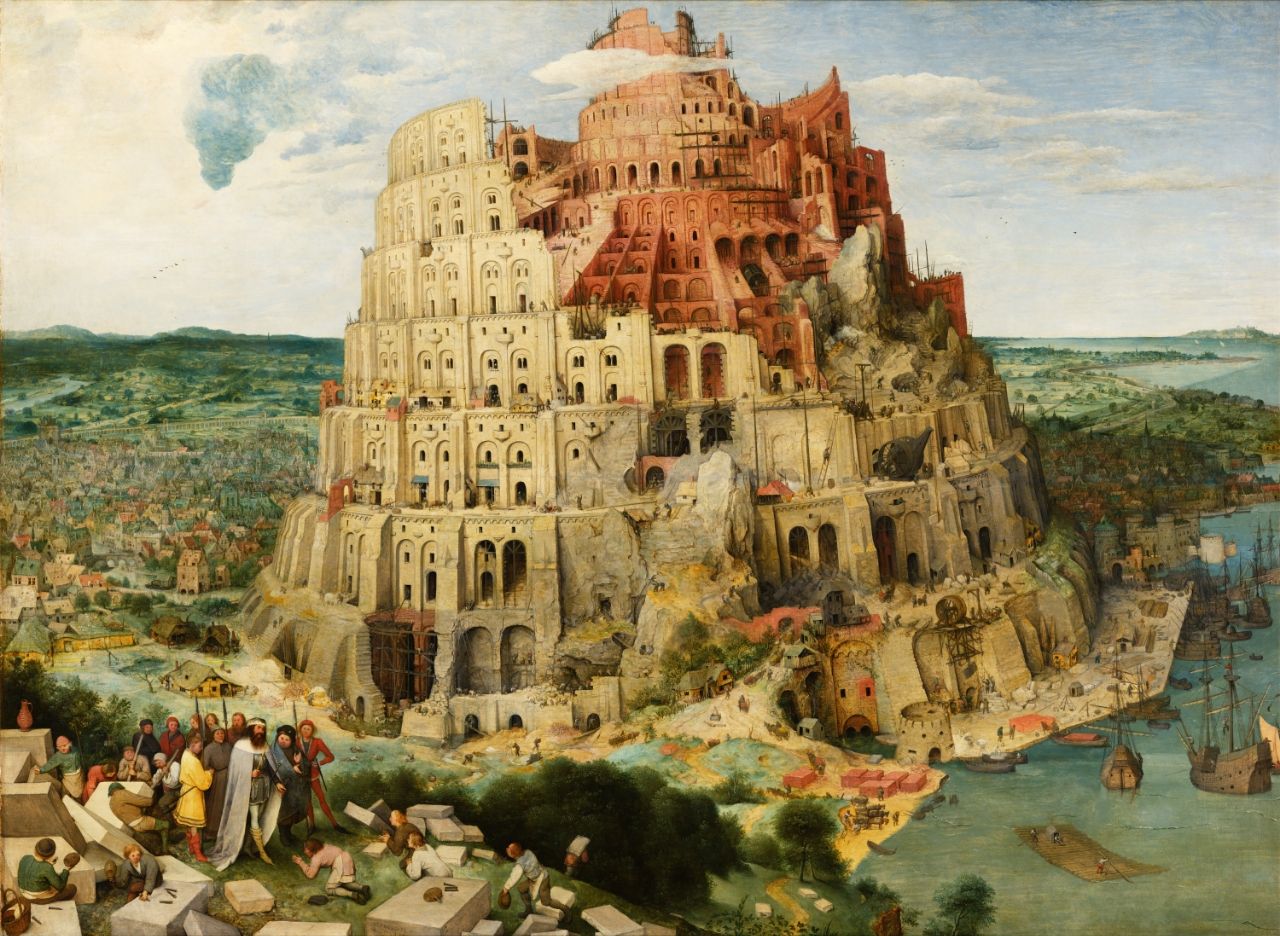
Immense growth before the destruction of Babylon
Babylon is a modern-day Iraqi city with a history dating back to the third millennium BC when it was a modest port town on the Euphrates River. Babylon was part of the Akkadian Empire during the time. The settlement will grow and evolve over time to become one of the most significant towns in ancient Mesopotamia. Under the tenure of the Amorite monarch, Hammurabi, Babylon became a dominant power in the area around the 18th century BC.
Hammurabi (reigned 1792-1750 BC) was the sixth monarch of Babylon’s First Dynasty. During his long reign, he supervised the vast expansion of his empire, conquering the city-states of Elam, Larsa, Eshnunna, and Mari as part of a holy mission to disseminate civilization to all countries. By deposing Assyria’s monarch, Ishme-Dagan I, and forcing his son to pay tribute, he established Babylon as a significant force in Mesopotamia.
Hammurabi simplified administration, commissioned massive construction projects, increased agriculture, repaired and rebuilt infrastructure, extended and fortified the city walls, and erected lavish temples devoted to the gods.
His concentration was also military and conquering, but his major purpose, according to his own writings, was to better the lives of those who lived under his authority. By the time Hammurabi died, Babylon controlled all of Mesopotamia, however his successors were unable to sustain this power.
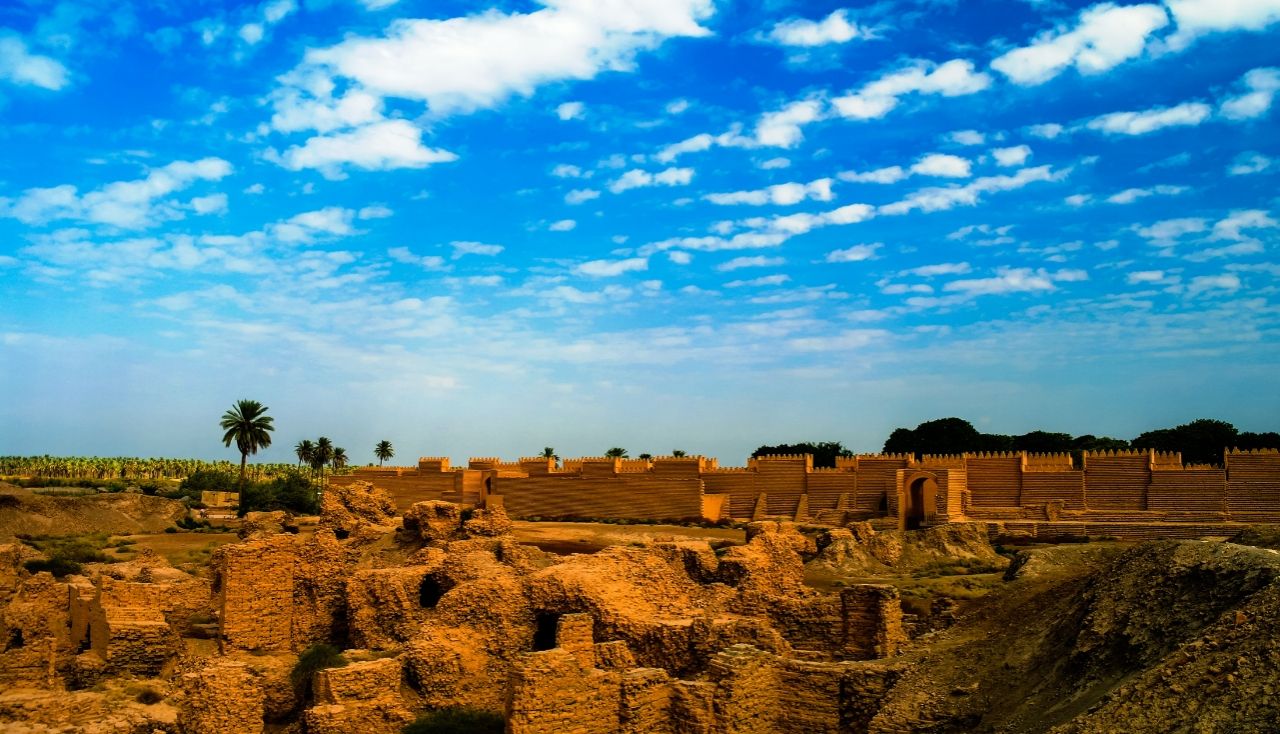
This might be owing to a lack of a competent administration since his active engagement in regional battles meant that he did not prioritize the establishment of an administrative framework that would assure the continued operation of his empire after his death. As a result, the First Babylonian Empire was short-lived and quickly came under the control of outsiders such as the Hittites, Kassites, and Assyrians.
Destruction of the Neo-Assyrian Empire and the birth of a New Babylon
Following Ashurbanipal’s death in 627 BC, civil war erupted in the Neo-Assyrian Empire, weakening it. Many Neo-Assyrian Empire subjects took advantage of the chance to revolt. One of these was Nabopolassar, a Chaldean prince who established an alliance with the Medes, Persians, Scythians, and Cimmerians. This alliance was successful in defeating the Neo-Assyrian Empire.
Nabopolassar created the Neo-Babylonian Empire, with Babylon as its capital, after gaining independence from the Assyrians. When he died, he left his son a vast fortune and a powerful Babylonian city. This emperor laid the basis for the spectacular Neo-Babylonian Empire, providing his son Nebuchadnezzar II with the proper conditions to propel Babylonia to the forefront of ancient culture. That is just what the son did.
The Neo-Babylonian Empire reached its pinnacle under the reign of Nebuchadnezzar II, who succeeded Nabopolassar in 605 BC. The Neo-Babylonian Empire ruled over Babylonia, Assyria, sections of Asia Minor, Phoenicia, Israel, and northern Arabia under Nebuchadnezzar II’s reign, which lasted until roughly 562 BC.
Today, Nebuchadnezzar II is recognized mostly for a few significant deeds. For starters, he is known for driving the Jews out of Babylon, seizing Jerusalem in 597 BC, and destroying the First Temple and the city in 587 BC.
He is also widely recognized for building two key features of Babylon, the Ishtar Gate in 575 BC and the Hanging Gardens of Babylon, which are regarded as one of the Seven Wonders of the Ancient World. However, there is still debate about whether Nebuchadnezzar II deserves credit for building the Hanging Gardens.
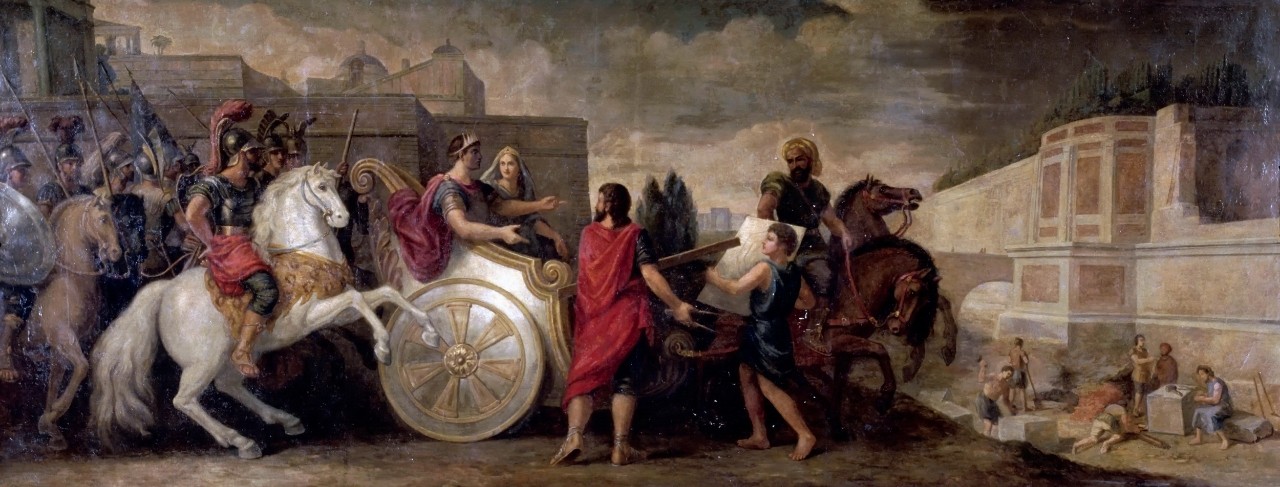
Even more intriguing and contentious is the idea that this monarch authorized the construction of the Tower of Babel, but not under that name. The Etemenanki of Babylon is thought to be the most likely candidate for this structure. This was a ziggurat devoted to Marduk, Babylon’s patron god.
How did Babylon fall – Did Nabonidus’ rule contribute to Babylon’s destruction?
The kings who succeeded Nebuchadnezzar II were far less skilled than he was and reigned for far shorter periods of time. The Neo-Babylonian Empire had four kings in the decade after Nebuchadnezzar II’s death, the last of them was Nabonidus, who ruled from 556 BC to the fall of Babylon in 539 BC.
Nabonidus reigned for a total of 17 years and is noted for his restoration of the region’s historic architectural and cultural traditions, garnering him the moniker “archaeologist king” among modern historians. Nonetheless, he was unpopular with his subjects, particularly the priests of Marduk, because he had banned the Marduk religion in favor of the moon deity Sin.
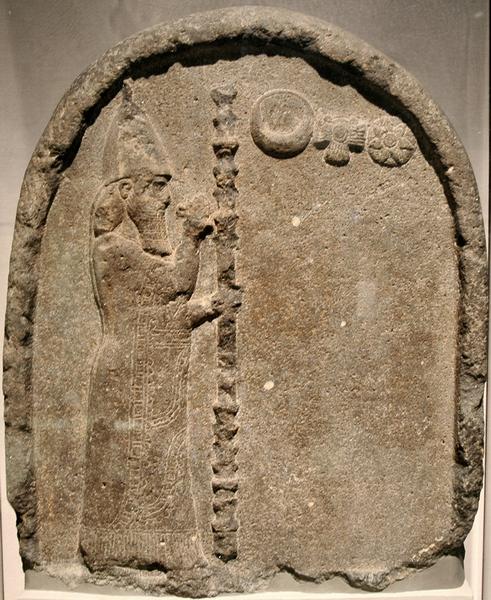
Ancient texts also note that in some ways this ruler was not very attentive to Babylon: “During many years of his kingship, Nabonidus was absent at the Arabian oasis of Tayma. The reasons for his long absence remain a matter of controversy, with theories ranging from illness to madness, to an interest in religious archaeology.”
When did Babylon fall?
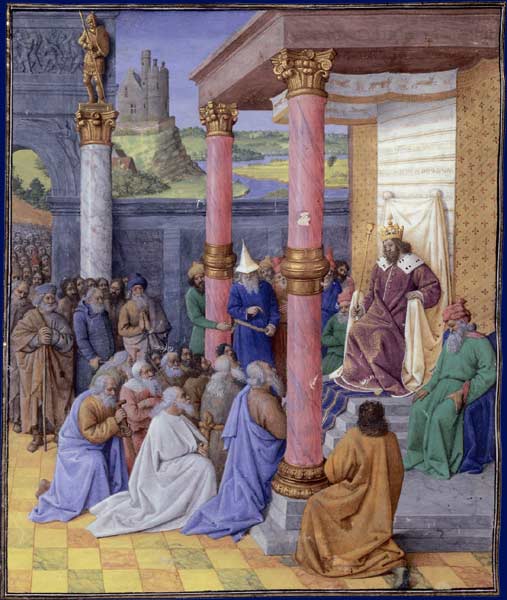
Meanwhile, the Persians to the east were consolidating their dominance under the leadership of Cyrus the Great. The Persians overcame the Medes in 549 BC and went on to capture the land around Babylon. Finally, the Persians conquered Babylon itself in 539 BC.
The Neo-Babylonian Empire came to an end with the fall of Babylon. A lot of ancient historians documented the historic event, however owing to contradictions, it is impossible to recreate the real events that occurred.
According to the Greek historians Herodotus and Xenophon, Babylon fell after being besieged. The Cyrus Cylinder and the Nabonidus Chronicle (part of the Babylonian Chronicles), on the other hand, state that the Persians took Babylon without a battle. Furthermore, the Cyrus Cylinder depicts the Persian ruler as Marduk’s choice to conquer Babylon.
The fall of Babylon prophecy – What story does it tell?
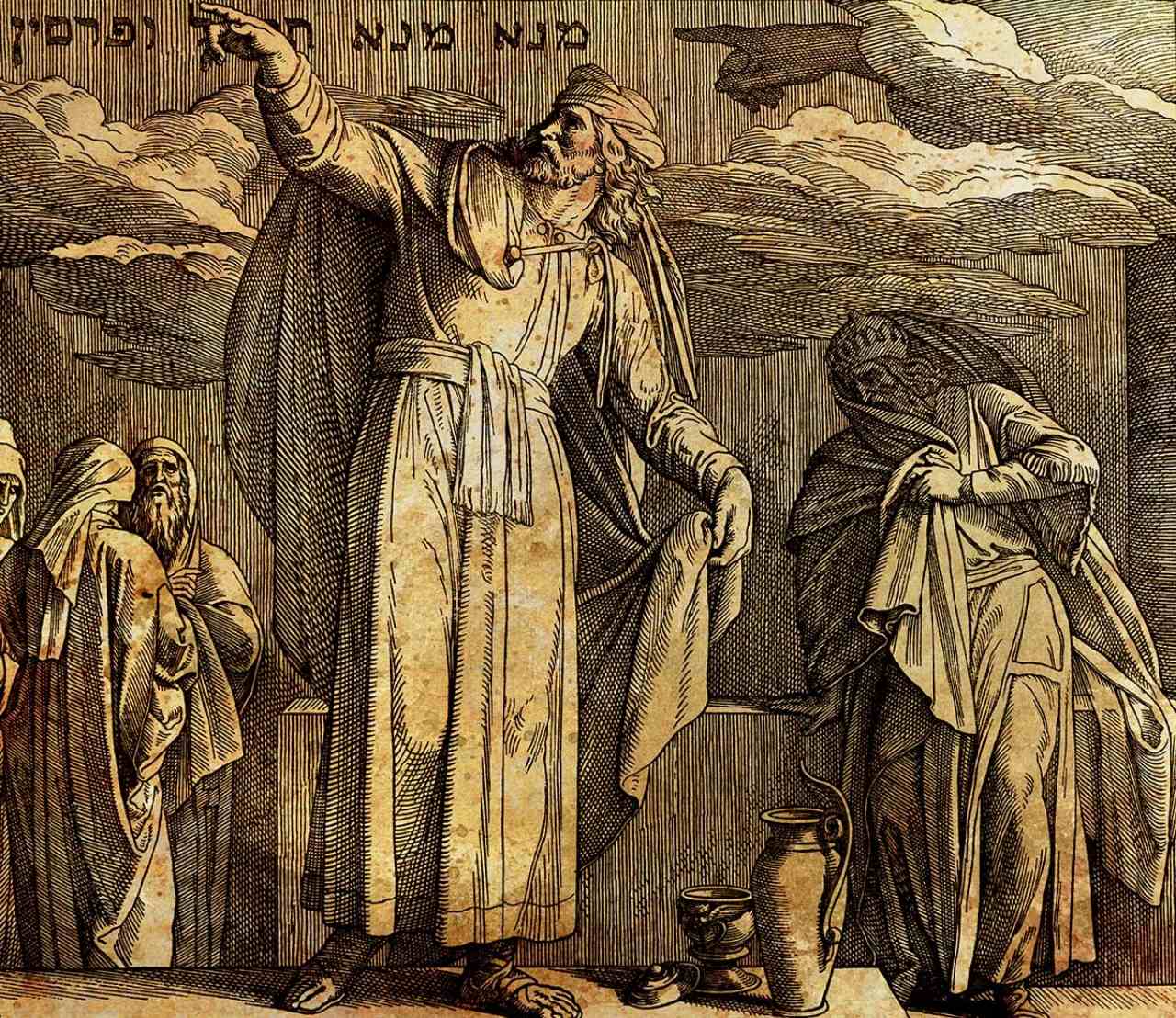
The fall of Babylon is noteworthy in Biblical history since it is recorded in several Old Testament writings. A tale identical to that recorded in the Cyrus Cylinder is described in the Book of Isaiah. Cyrus was chosen by the God of Israel rather than Marduk. After the fall of Babylon, the Jews who had been exiled since Nebuchadnezzar II’s captivity were permitted to return home.
During the reign of Nebuchadnezzar II, the fall of Babylon was prophesied in another book, the Book of Daniel. According to this book, the king had a dream in which he saw a statue with a gold head, silver breasts and arms, bronze belly and thighs, iron legs, and clay feet.
The statue was smashed by a rock, which subsequently grew into a mountain that covered the whole planet. The prophet Daniel interpreted the king’s dream as representing four consecutive kingdoms, the first of which was the Neo-Babylonian Empire, all of which would be destroyed by the Kingdom of God.




